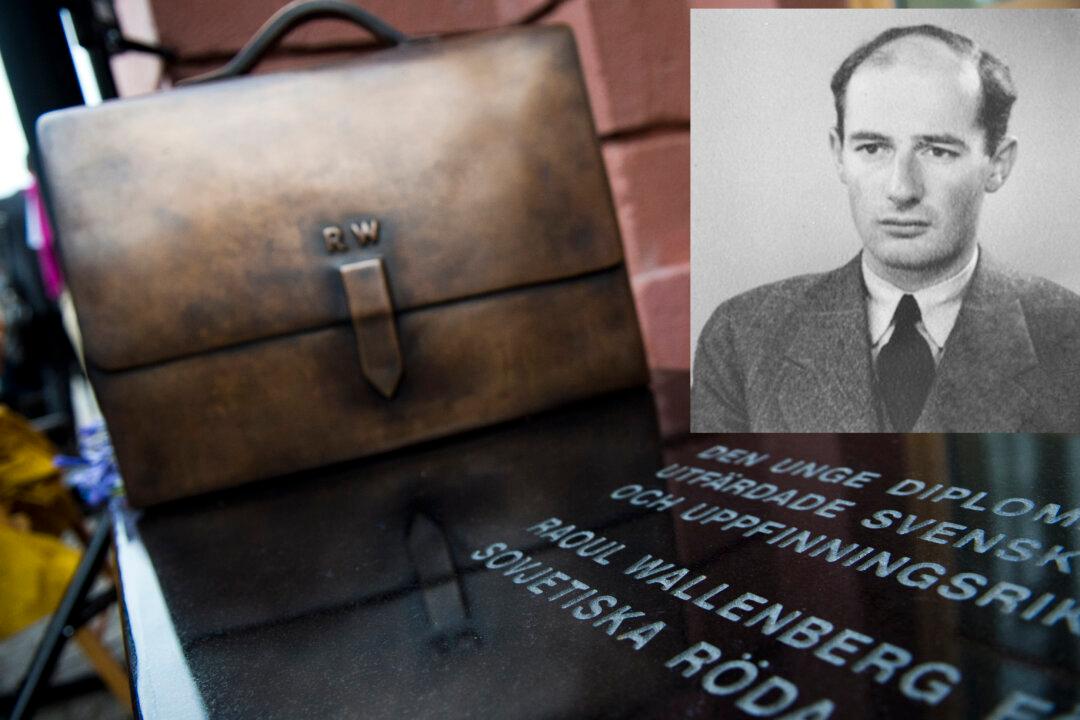Usually heroes, particularly lone heroes, are men at arms.
Think Leonidas at Thermopylae.
Think Sergeant Alvin York (World War I) or Audie Murphy (World War II).
Or adventurers and explorers.
Think Charles “Lucky” Lindbergh and his trans-Atlantic flight in Spirit of St. Louis.
Think David Livingstone and Henry Stanley in “darkest Africa.”
But diplomats as heroes?
Somewhat ruefully, as an ancien diplomat, I must admit that pure physical courage is not required for successful operation within the corridors of foreign ministries or the presentation of demarches to foreign governments.





